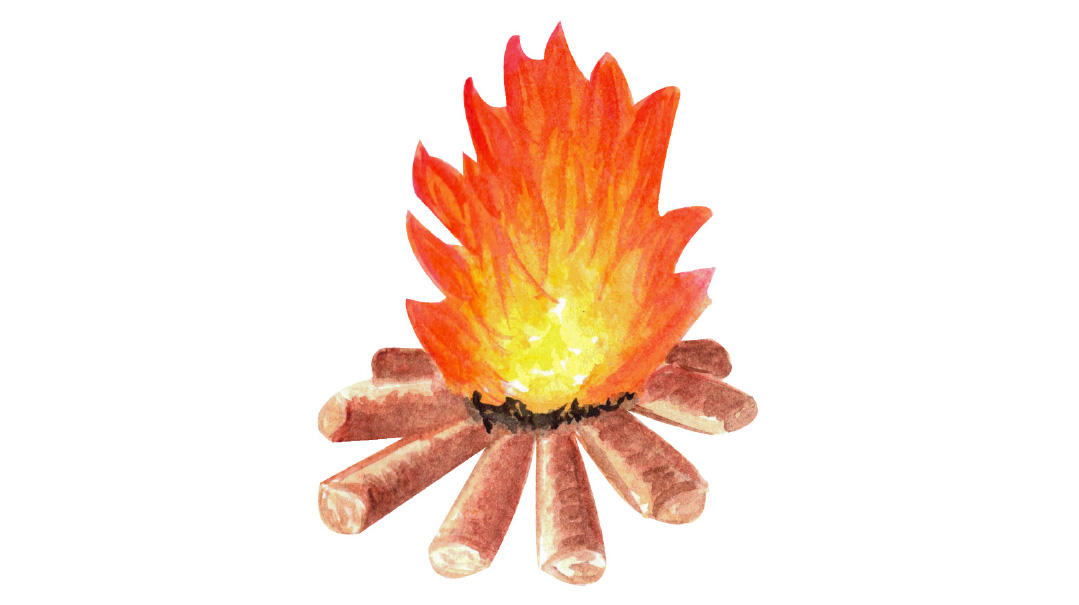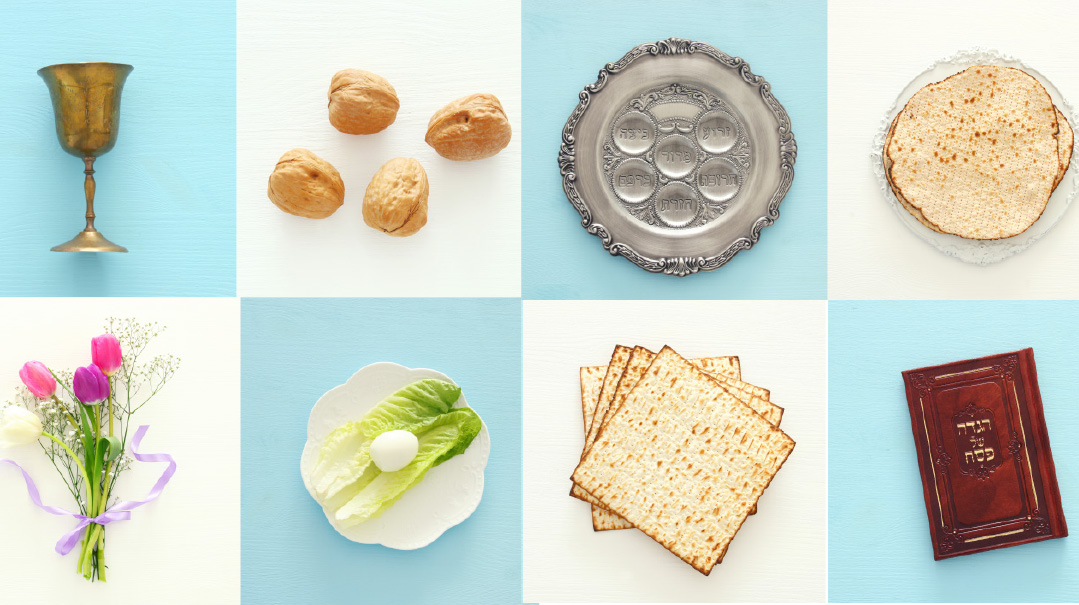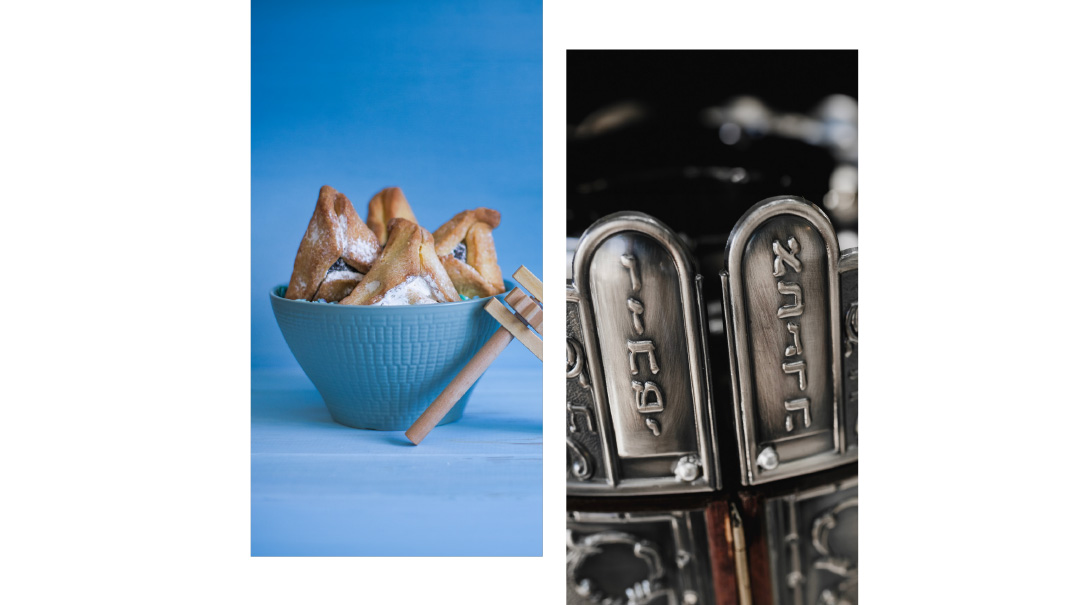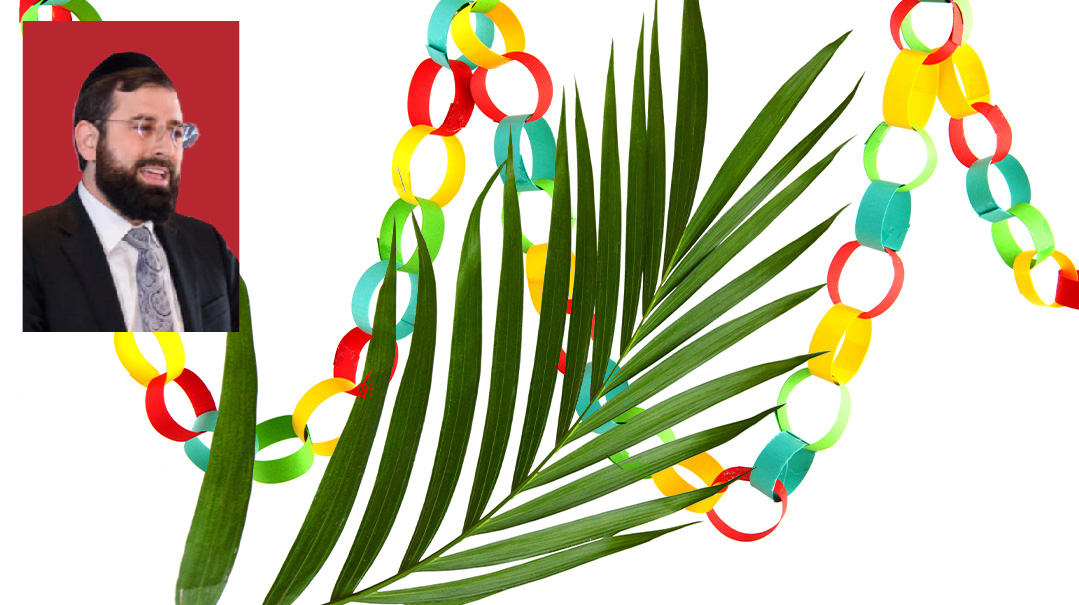With Tears and with Joy
| February 20, 2024A deeper insight into the depth and significance of the joy of Adar

We are now in the middle of Adar Alef, with Adar Beis fast approaching. We are taught that “when Adar arrives, we increase our joy.” What does this mean? What is the source of this joy? Rabbi Daniel Glatstein gives us a deeper insight into the depth and significance of the joy of Adar.
1
The Gemara in Taanis (29a) quotes Rav Yehudah brei d’Rav Shmuel bar Shilas who teaches that “k’shem shemishenichnas Av memaatin b’simchah, kach k’shenichnas Adar marbim b’simchah— just as when the month of Av begins we diminish joy, so, too, when the month of Adar begins, we increase joy.” The Gemara implies that the latter idea — increasing joy in Adar — is somehow dependent upon the former — diminishing joy in Av. Asks the Maaseh Rokeach (end of parshas Devarim), the Vilna Gaon (Peirush HaGra on Megillas Esther), and the Ksav Sofer (on Megillas Esther), how do we understand this? How does the increase of joy in Adar relate to the decrease of joy in Av?
We will suggest three different approaches to answering this question.
2
The Shulchan Aruch (Orach Chayim 560:2) codifies the halachah that one dish at a meal should go uneaten as a zecher l’Churban. (This halachah is not commonly observed today; see Bi’ur Halachah s”k beis). The Shulchan Aruch writes that this applies even to a seudas mitzvah. However, in his sefer Mor U’ktziah, Rav Yaakov Emden writes that there is one exception: the seudas Purim. The meal we eat on Purim does not require a zecher l’churban. However, other than quoting the Gemara, “Chayav inish libesumei b’Puria — one is obligated to be joyous on Purim,” Rav Yaakov Emden doesn’t explain the reason this is so.
In his commentary to the Megillah, Yosef Lekach, Rav Elazar Ashkenazi shares a fascinating approach. He says that the Purim story occurred in the aftermath of the destruction of the first Beis Hamikdash. The prevailing attitude at the time was “How can we institute a new holiday? The Churban Beis Hamikdash is still fresh in our minds!” In response to this, Chazal not only mandated a festive meal, but one that mandated such a level of intoxication that they would no longer feel the pain of the Churban. In fact, says Rav Ashkenazi, the takanah was that one should drink until he doesn’t know “bein Churban l’Beis Hamikdash.” However, since this phrase could be seen as offensive, they clothed it in the words, “bein arur Haman l’baruch Mordechai.” But in fact, the requirement is to reach a point where we forget the Churban.
With this in mind, we can explain the Gemara in Taanis. “Just as when the month of Av begins, we diminish joy” — because we focus on remembering the Churban, “so, too, when the month of Adar begins, we increase joy” — because we take a step back from that focus.
3
The Midrash (Bereishis Rabbah 39) tells us that at the time of the Purim story, Mordechai minted coins. This requires background. Why would a leading talmid chacham like Mordechai take on such an ostensibly mundane, political position? In explanation, Nachlas Dovid and Rav Yonasan Eybeschutz both quote the Gemara that says that there are three mitzvos that are contingent upon each other. These are appointing a king, wiping out Amalek, and building a Beis Hamikdash. Mordechai knew that he would be defeating Haman (i.e., Amalek), and this would lay the foundation for building the second Beis Hamikdash. But the missing factor was the appointment of a king. In order to eradicate Amalek, he needed to have the status of a king. Mordechai’s minting of coins, in a sense, allowed him to assume this status.
We see from this that an integral part of the Purim story was laying the foundation for the rebuilding of the Beis Hamikdash. Thus, says the Gemara in Taanis, “just as when the month of Av begins, we diminish joy, so, too, when the month of Adar begins, we increase joy.” The diminishing of joy in Av is due to the destruction of the Beis Hamikdash, and the increase of joy in Adar is due to the rebuilding of the Beis Hamikdash. The two go hand in hand.
This idea can be furthered based upon a teaching from the Malbim regarding the biographical timeline of the building of the second Beis Hamikdash. We are taught that its completion was on the second day of Adar and the inauguration was completed on the 23rd day of Adar (see Ezra 6:15,16). The Malbim writes that the Jews chose this date to complete the inauguration since they had a tradition that the third Beis Hamikdash will be inaugurated on the 23rd of Adar. They hoped that by choosing this auspicious date, they could essentially combine the second and third Batei Mikdash together.
Thus, the month of Av marks the dissolution of our glorious past, but the month of Adar heralds the building of an even greater future.
4
We know that “mazal Adar Dagim” — the zodiac sign for the month of Adar is a fish. What does this mean?
The Beis Hamikdash is alluded to metaphorically as a “neck,” as the pasuk in Shir Hashirim (7:5) says, “Tzavareich k’migdal hashein — Your neck is like a tower of ivory.” Rashi explains that this alludes to the Beis Hamikdash (see also Shir Hashirim 4:4, “K’migdal Dovid tzavareich.”) The reason why the neck is chosen to symbolize the Beis Hamikdash is that the neck connects the head to the rest of the body, (i.e., top to bottom), and this is the Beis Hamikdash’s very function. It serves as a conduit between top and bottom — Heaven and Earth.
Every nation needs a “neck,” an intermediary force through which it can relate to its spiritual administrator. However, there are two creations that do not have necks: Pigs and fish. The Chasam Sofer (parshas Vayigash) explains that pigs represent Edom. The governing authority over Edom is the Satan, and the nation of Edom does not need a neck to relate to the Satan. It is so enmeshed in the Satan’s impurity, it is as if they are one and the same.
The second creature is fish. When Haman saw that the lots fell on Adar, he assumed that its zodiac sign, fish, which have no neck, was a signal to him and his people, who have no “neck” — i.e., they are one with their spiritual authority. However, he was mistaken. The fish actually represented the Jewish People in the state they’ll be in when Mashiach comes. The level of spiritual greatness will then be so high that we will not need a Beis Hamikdash to connect with the upper spheres. The Shechinah will dwell within us, just as it did prior to the sin of the Eigel.
In Av, we lost the Beis Hamikdash, but in Adar, the month of fish, we look forward to the day when we ourselves can be the Beis Hamikdash.
(Originally featured in Mishpacha, Issue 1000)
Oops! We could not locate your form.







